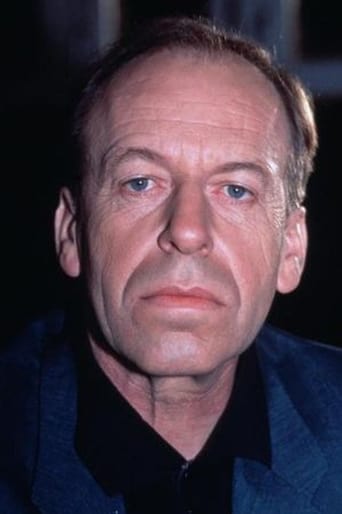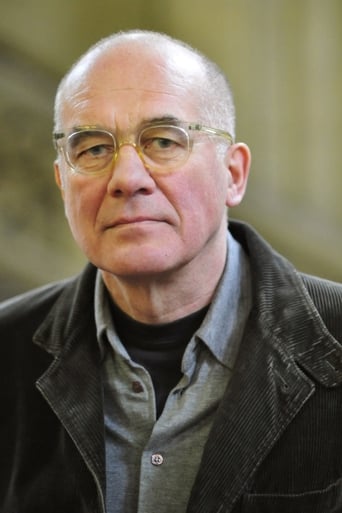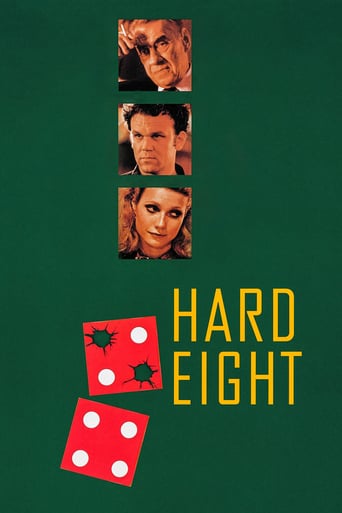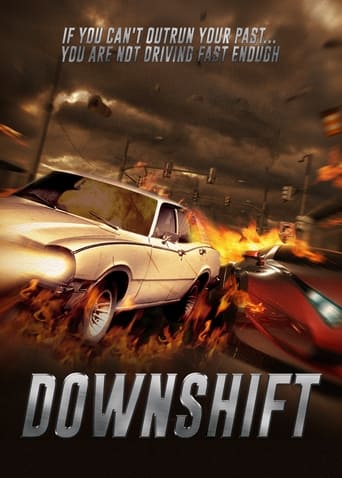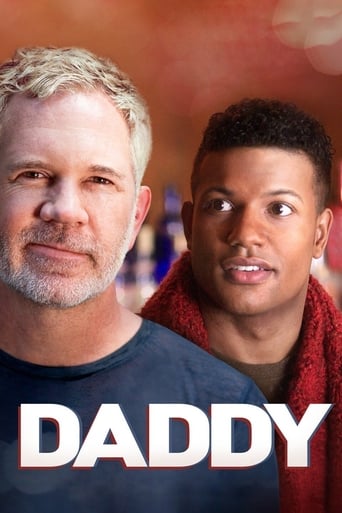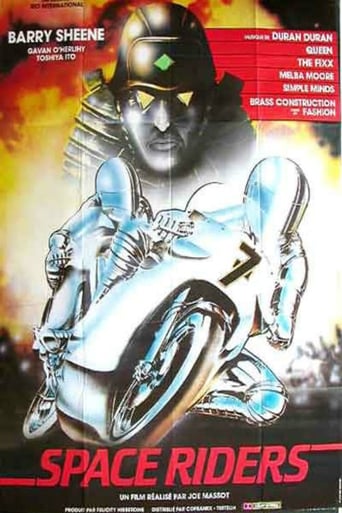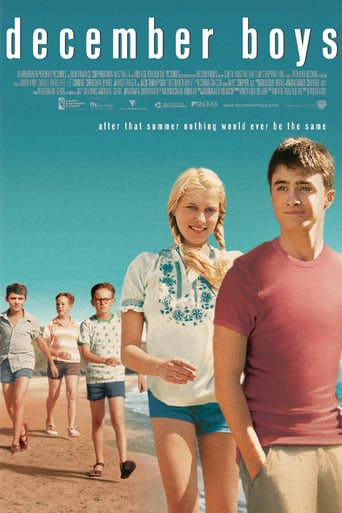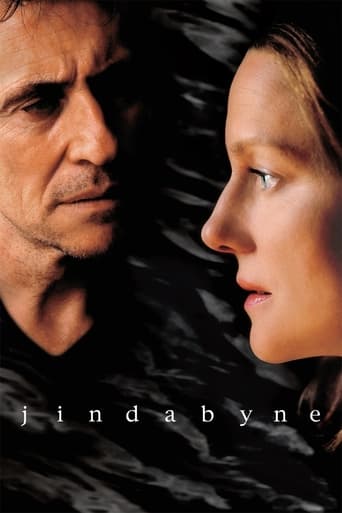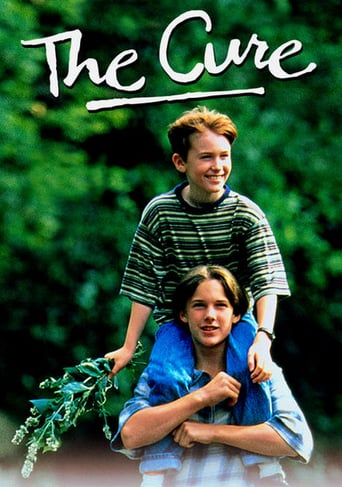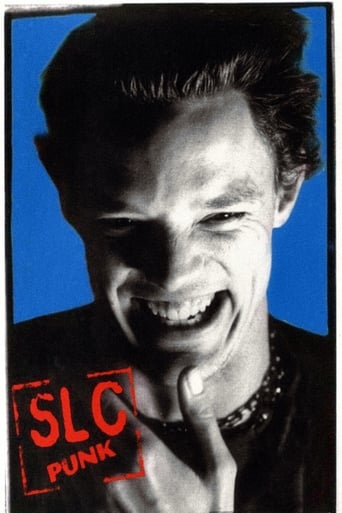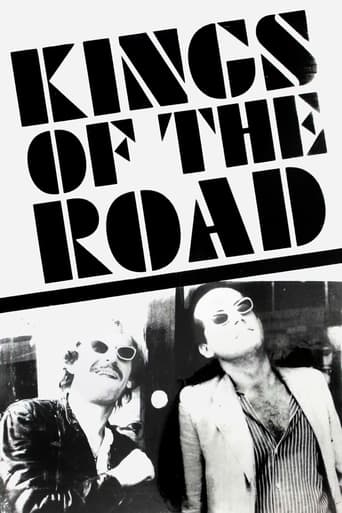
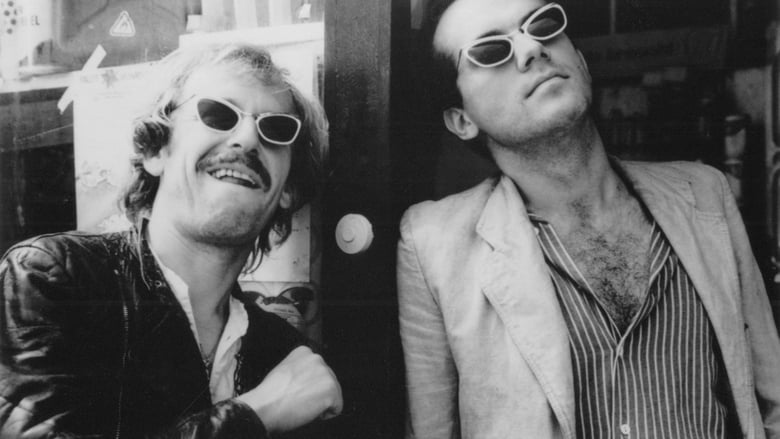
Kings of the Road (1976)
Itinerant projection-equipment repairman Bruno Winter and depressed hitchhiker Robert Lander - a doctor who has just been through a break-up with his wife and a half-hearted suicide attempt - travel along the Western side of the East-German border in a repair truck, visiting worn-out movie theaters, learning to communicate across their differences.
Watch Trailer
Cast


Similar titles
Reviews
Robby Muller is the Cinematographer for the 1976 movie "Kings Of The Road" Robby shows himself as a stylistic and unique film maker. This movie is not only in German, but otherwise very heavily based on emotional concept instead of a hard, concrete story line. The dialogue is a minimum, the shots tell the story, the theme are vague and abstract. At it's core the movie is looking at two characters, one is a projector repairman and the other a depressed man who recently divorced his wife. The two characters meet and travel together and form a relationship as one deal with depression and both simply live as humans. The elements of film and cinematography the Muller used were essential in making this story. In this film one of the most interesting things is the use of cinematic motifs. Similar shots and themes were repeated throughout the film. This created the effect of themes in the story being re enforced and portraying the same theme gave emotional significance to the moment. Because so much of the film is based on non dialogue or explicit story, but more based on emotional elements this way of using similar shots to link emotions to the views understanding of the story was extremely effective. For example one cinematic theme that Muller uses is a specific shot of the truck door with a shaving brush and shaving cream propped on it, when one of the characters opens the door the shaving setup falls. This shot is repeated several times throughout the film and in every scene it's used, it's used to show the characters starting a part of their journey. It's used when they first meet, used when one leave, used when they meet a different character. It's significance is clear as a gateway shot and the view understands this and associates this shots with a new leg of the story. The recurring shots help develop the viewers association build the story which is essential because the story is hard to grasp for the most part. One of the most unique characteristics of the film is the choice to make it black and white. The film was stylized with this black and white effect and also how this black and white effect affected the shadows and other lighting elements as well. The use reinforced the films overall themes of dealing with human depression. The black and white was a cleaner way to expose the humanness of the story. The lack of color was more effective for telling this story dealing with depression. The side effect of the black and white was that it created higher contrast and deeper shadows which made the overall scene more depressing in part. Similarly much of the film was shot at darker times of the day and night. The lighting was either natural or low lit industrial areas. When inside the scene most likely had a signal lamp or light on and the characters were partially lit. When outside the scene was mostly sunlit and the shot was wide, this was used to invoke a different theme of the largeness of the world in contrast with the minuscule characters. The lighting in the film matched the themes and message of the film overall. Through camera work Muller used a collection of three or four shot throughout the majority of the movie. These include a moving medium shot of the character, widescreen full shot of the landscape (especially including the truck), and a close up static shot of a character's face. These shots are recurring and the way they are used and inter-layer shows a lot about the themes of the movie. In a film dealing with human existence and a mixture of human depression and hope the use of the wide shots and the close ups create the big picture view contrasted with intimate human realities. The moving shots show the environment around them. For example because of the lack of dialogue and story line one of the most character developing moments in the film is the projector repairman buying a hot dog and coke and walking back to the van. In the shot choices we see the extreme view of the world, intimate view of the individuals, and the moving shots of how they interact with the world. These shots basically narrate the story more than any other element. Overall the film is very interesting. The film is stripped of many things such as color, dialogue, and an action packed story line, as a result, the cinematography shows through clearly and noticeably. The majority of the storytelling is told through cinematographic elements and Robby Muller utilizes them well to tell a fairly abstract story.
Im Lauf Der Zeit (Kings of the Road - In the Course of Time) directed by Wim Wenders was his first own production (Wim Wenders Produktion). It's the third film of his road-movie trilogy (1st Alice in den Städten, 2nd False Bewegung) and it summarizes the bottom idea of the two films into a masterpiece. Yesterday I saw Im Lauf Der Zeit for the second time in theaters and loved it even more than the first time. The big screen achieved to maximize the emotion in it and it let the music express the scenes better.When they started filming this they actually didn't have a ready script. They kept writing the script chronologically while they were filming the movie and I think that's one of the main reasons, which created this amazing atmosphere for Im Lauf Der Zeit. After the film was ready they got a nearly three hour long road-movie film. In spite of the unplanned script writing the movie is full of small details and it is very well written, I wouldn't call it a masterpiece if it wasn't. The story builds around two men and their relationship. Robert Lander (Hanns Zischler), who has just divorced from his wife meets a projection mechanic Bruno Winter (Rüdiger Vogler) who travels from one dead movie theater to other. They decide to travel together and during the journey they see movie theaters falling apart and a modern country that is being americanized day by day.In the beginning Robert doesn't have a direction for his life, but instead Bruno has, he has got a clear list of theaters' projection equipment to fix. A clear direction for his life. During the journey they learn about life and start to find new things. They realize that if you want to be satisfied with your identity you must get over your past. The journey they travel together feels so natural, there's not a single mistake. This is a movie where you could actually cry. Not because of it's sadness, but because you can actually feel what the characters are feeling, you can almost touch them.The film, among friendship and society is about the difficulty of communication. You can see this in the minimal dialog in the film. For Robert communication is mostly writing, printing a newspaper with his father. Then for Bruno it is the language, German and English. Wim Wenders also researches man's identity in Im Lauf Der Zeit. When you're in a state where your identity breaks, you become afraid and vulnerable. If you open yourself up to another human being your identity is in danger, the playing-with-the-shadows scene is a good example of this.All the movie theaters Bruno and Robert visit in Germany are decayed. The theaters have fallen apart or have decided only to show porn-films. Still Wim Wenders gives an optimistic choice to film-industry as it does to its characters "Everything must change." In the beginning we see a man telling about the great times of silent movies and in the end we see a woman pitying the modern cinema and thinking is it worth to even keep theaters up for this. But then we have just seen Im Lauf Der Zeit, which is a great modern film and it's a proof of the fact that there's still hope in cinema.This is a long film with many layers, which is why people can write so long reviews of it. We could analyze it for days but these are the main themes I wanted to mention from Im Lauf Der Zeit. It's basically about the difficulty of communication, friendship, identity and about the loneliness in us all. Even that the film works on an artistic and intellectual level, I think it will appeal to all the people. Because in addition to it's artistry it manages to be more entertaining than any silly Hollywood comedy.10/10 Im Lauf Der Zeit as a three-hour long black and white road movie requires empathy, patience and a lot of heart from the viewer.
Every American who came of age before reunification of East/West Germany should see this film. It encapsulates a time; a frame of mind. Perhaps its most important feature however, is the way it uses sparse cinematography, and spaces, both literal and figurative, to illustrate the moral and spiritual conditions of the protagonists. There are few films which demonstrate such a mastery of the art of the visual in storytelling. For those interested in the place of film in the broader social context, I'm Lauf Der Zeit provides countless wry observations. At least as important as The Last Picture Show. I am waiting for the definitive authorized DVD with subtitles. By far my favorite Wim Wenders film.
This is one of my all time favorite films. I love to sit back and just watch it go by. Every scene is worthy of a still photograph and there is little dialog to interfere with this quiet journey. Wenders seems to know what it's like to travel simply to escape ones current reality. The two main characters establish a friendship with few words, and seem to know inherently that too much talk would ruin the moment. It is a long film that moves slowly, so be prepared and get comfortable. It reminded me of the feeling I get on a long roadtrip when its just good to be anywhere but home.


